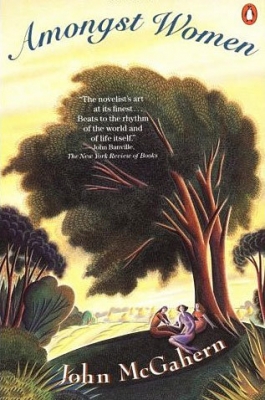
The demarcation between the safe and unsafe territory is even more difficult in circumstances related to death and funerals, as characters are transposed into a symbolically-built space where images, sounds, colours, and domestic totems help or restrain them, linking the visible to the subconscious. The last chapter explores Luke’s absence in Amongst Women, which provides a counterpoint to the daughters’ submission and serves to further analyse Moran’s symptomatic responses to his traumatic past.Īlienation makes the heroes in John McGahern’s stories behave or appear like uncontrolled, wild and fearful creatures, anticipating a peril but unable to detect a precise danger and the way to counteract its impact.


This demonstrates how McGahern uses silence as a key rhetorical strategy to represent the ‘endless impact’ (Caruth 1995:7) of traumatic memory, giving an objective representation of the consequences of unresolved trauma. The second chapter explores the unspeakable void left in Moran by the traumatic experience he suffered during the War of Independence and the consequences of this trauma for his life and his family. The first chapter analyses how McGahern captures young Mahoney’s fragmented subjectivity, and dramatizes in the very narrative structure of the novel the difficulty that arises in finding an appropriate response to trauma.

This essay posits that, through the unconventional narrative structure in The Dark and the use of silences in Amongst Women, McGahern manages to give two successful representations of trauma. Through the lens of trauma theory, this dissertation shows that reading the silences in The Dark and Amongst Women can provide ways to explore the main characters’ subjectivities and the stylistic features used to represent traumatic events.


 0 kommentar(er)
0 kommentar(er)
